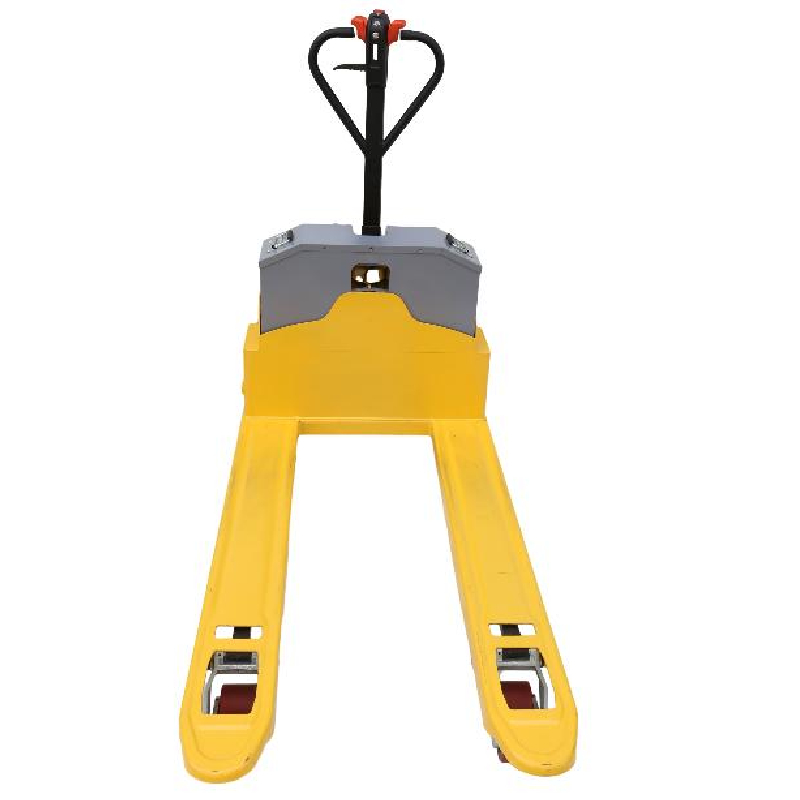


Fall Protection Design A Critical Aspect of Workplace Safety
In numerous industries, the risk of falls is one of the leading causes of workplace injuries and fatalities. Ensuring the safety of workers in environments where they are exposed to heights—from construction sites to warehouses—necessitates the implementation of robust fall protection design principles. The importance of effective fall protection cannot be overstated; it not only protects employees but also enhances productivity and promotes a culture of safety within organizations.
Understanding Fall Protection
Fall protection refers to systems or measures designed to prevent workers from falling from elevated surfaces or to mitigate risks should a fall occur. Typically, fall protection systems can be categorized into three main types collective protection measures, personal protective equipment (PPE), and administrative controls. Collective measures include guardrails, safety nets, and flooring that eliminate fall risks, while PPE encompasses harnesses, lanyards, and anchor points used by individuals. Administrative controls involve work practices and protocols aimed at minimizing fall hazards.
Key Principles of Fall Protection Design
1. Risk Assessment The first step in fall protection design is conducting a thorough risk assessment. This involves identifying potential fall hazards and determining the likelihood and consequences of falls. By assessing the specific job site, employers can tailor their fall protection strategies to address unique risks, leading to more effective safety measures.

2. Hierarchy of Controls The hierarchy of controls is a foundational concept in safety management, emphasizing the importance of eliminating hazards before they can cause harm. In the context of fall protection, this means first attempting to eliminate fall risks by designing work processes that do not require work at heights. If elimination is not possible, engineering solutions (like installing guardrails) should be prioritized before resorting to administrative controls or PPE.
3. Designing for Safety When designing workspaces, it is crucial to incorporate safety features that minimize fall risks. This includes integrating guardrails and toe boards into the architecture of platforms and roofs, ensuring that all surfaces are slip-resistant, and providing ample lighting to reduce visibility-related hazards. The design should also facilitate the use of safe access points, such as ladders and lifts.
4. Training and Education Even the best-designed fall protection systems can fail if workers are not adequately trained. Employers should provide comprehensive training on the correct use of fall protection equipment, the importance of adherence to safety protocols, and how to identify and report potential hazards. Regular refreshers and drills can help maintain safety awareness among all staff.
5. Regular Inspections and Maintenance The effectiveness of any fall protection system hinges on regular inspections and maintenance. It is essential to routinely check all equipment, including harnesses and ropes, for wear and tear and to ensure that safety systems like guardrails are functional. Establishing a schedule for these inspections ensures that potential issues are identified and rectified before they lead to accidents.
Conclusion
Fall protection design is an integral component of workplace safety, particularly in industries where working at heights is common. By implementing a systematic approach that includes risk assessment, prioritizing the hierarchy of controls, and fostering a culture of safety through training and regular maintenance, employers can significantly reduce the incidence of falls. Ultimately, a commitment to effective fall protection not only safeguards employees but also contributes to a more engaged and productive workforce. As industries continue to evolve, ongoing education and innovation will ensure that fall protection measures keep pace with emerging challenges, fostering a safer working environment for all.



